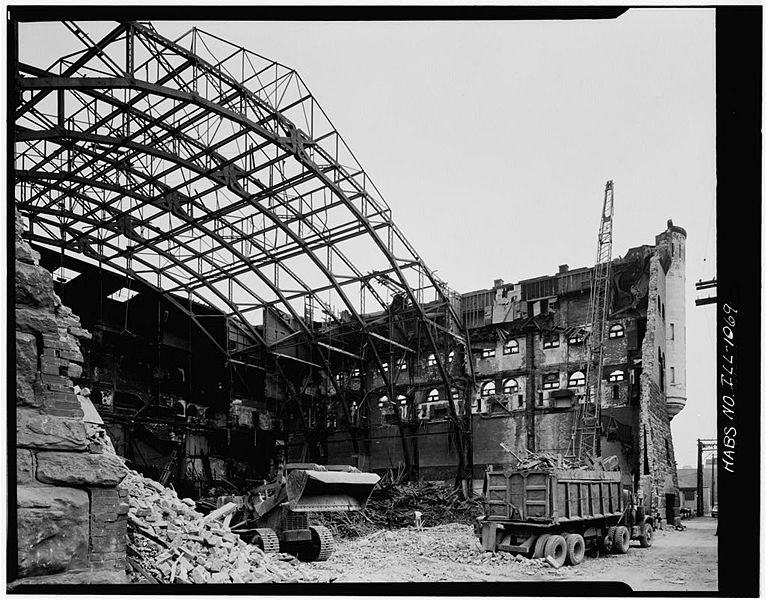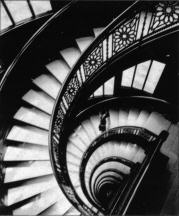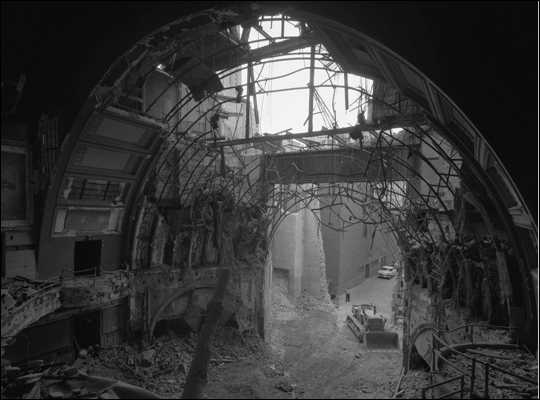Just north of Boulder, Colorado is the Altona Grange Hall. It is one of the original 492 granges in Colorado, established in 1891. These buildings were built as part of the Grange movement of farmer solidarity known as the Patrons of Husbandry. They advocated for modern farming techniques, water rights protections, bank farm loan policies and railroad price fixing. The buildings become the social center, the "culture" of agriculture, of often very isolated farming communities.
These are buildings built without architects, usually by the farmers themselves. Unlike Europe where so many farmers live in town and migrate daily out to their fields, the homestead movement in the United States occupied the land in a much more dispersed fashion. Farmers often lived great distances to cities or town and from each other. These buildings are some of the richest examples of truly vernacular building in the West.
The Altona Grange has a long and rich history and is still a thriving enterprise. http://altonagrange.pbworks.com/
I find the building fascinating in its lack of consistency to roof pitches, materials usage, etc. As you can see, the siding and roofing changes for different locations, the various additions wrapping around the original building based on use and necessity, not aesthetics. But what ends up is a really dynamic building.
This is architecture put together by the people who use it and have to maintain it collectively. It is not graceful or delicate, but it has a solid presence that comes from occupation and some very clear relationships. The main building is clearly dominant and the additions and sidecars are secondary. You can tell from looking at the building that the main hall is the center of the community, the other forms are there to support that main function. This is a simple, albeit not elegant, description of "spaces served and spaces in service" that Louis Kahn delineated in most of his better works and gives a building a clear sense of both its genesis and use.
This modest building serves as a good lesson to architects designing buildings that stand isolated out on the plains. A simple, strong form needs to be strongly articulated to sit in the massive panaroma of the landscape and the small additions lend human scale and occupation. A beautifully simple building more satisfying that so many current architectural flights of fancy.









